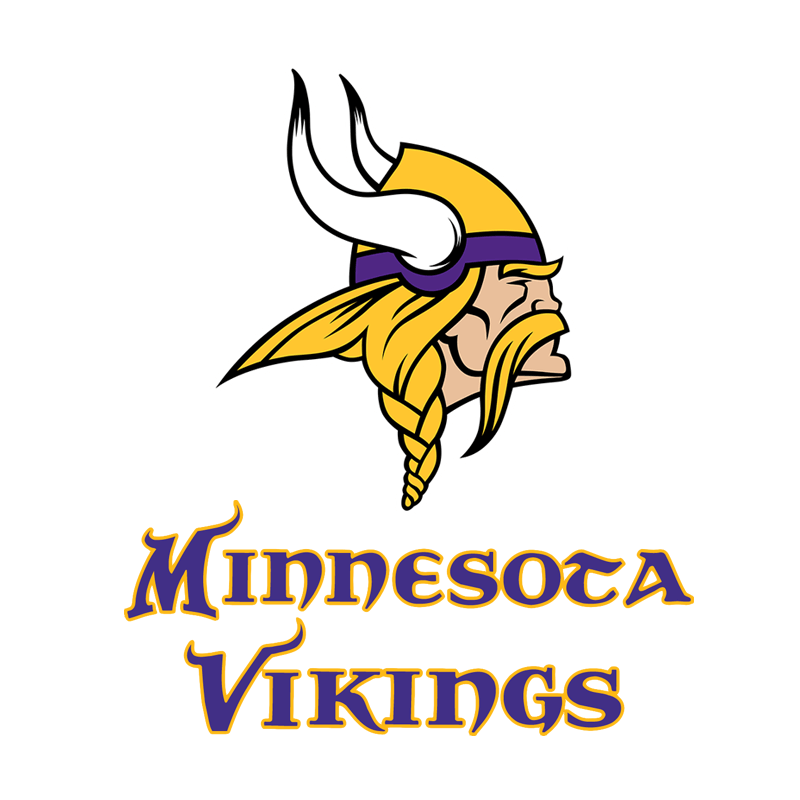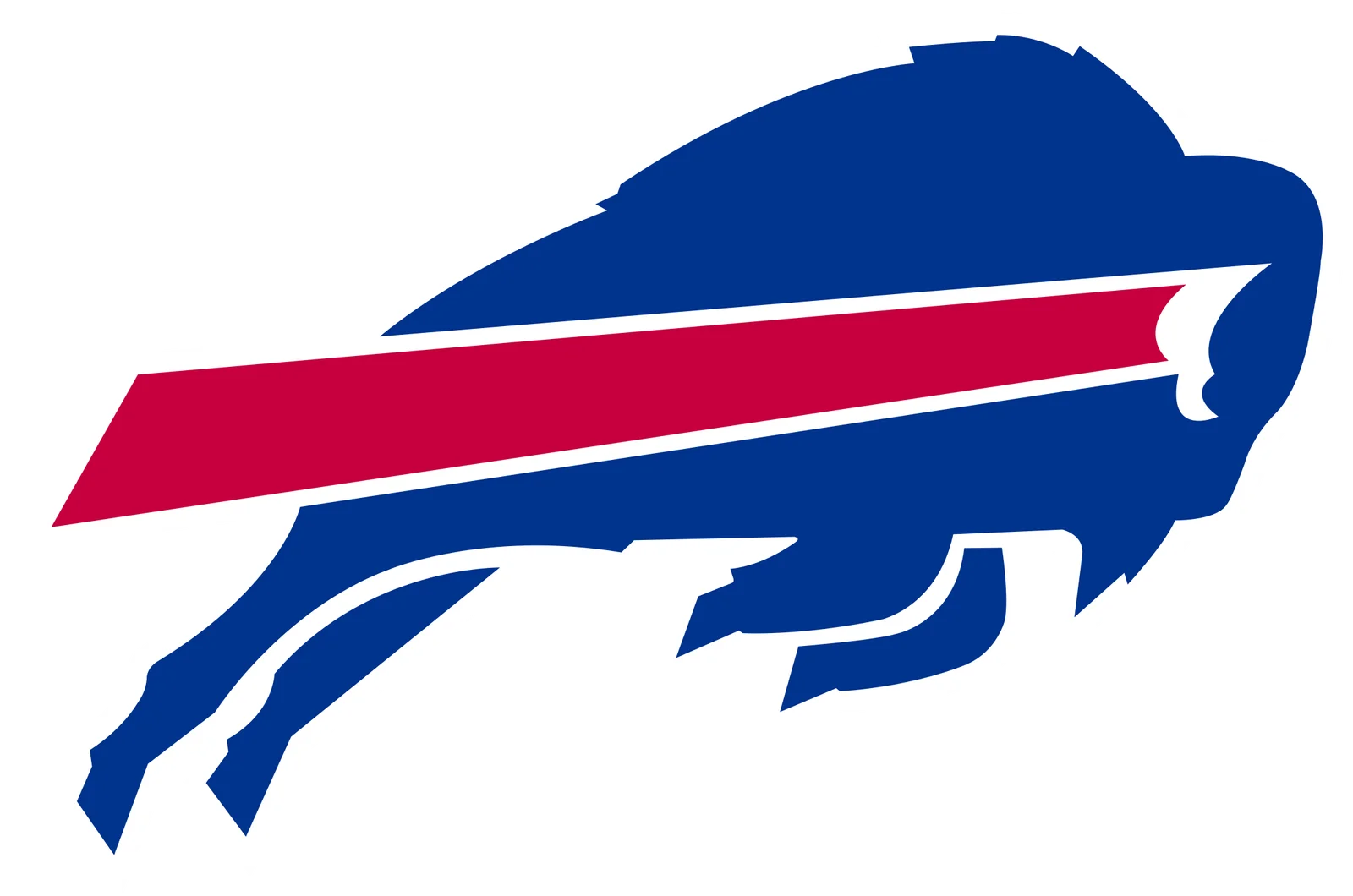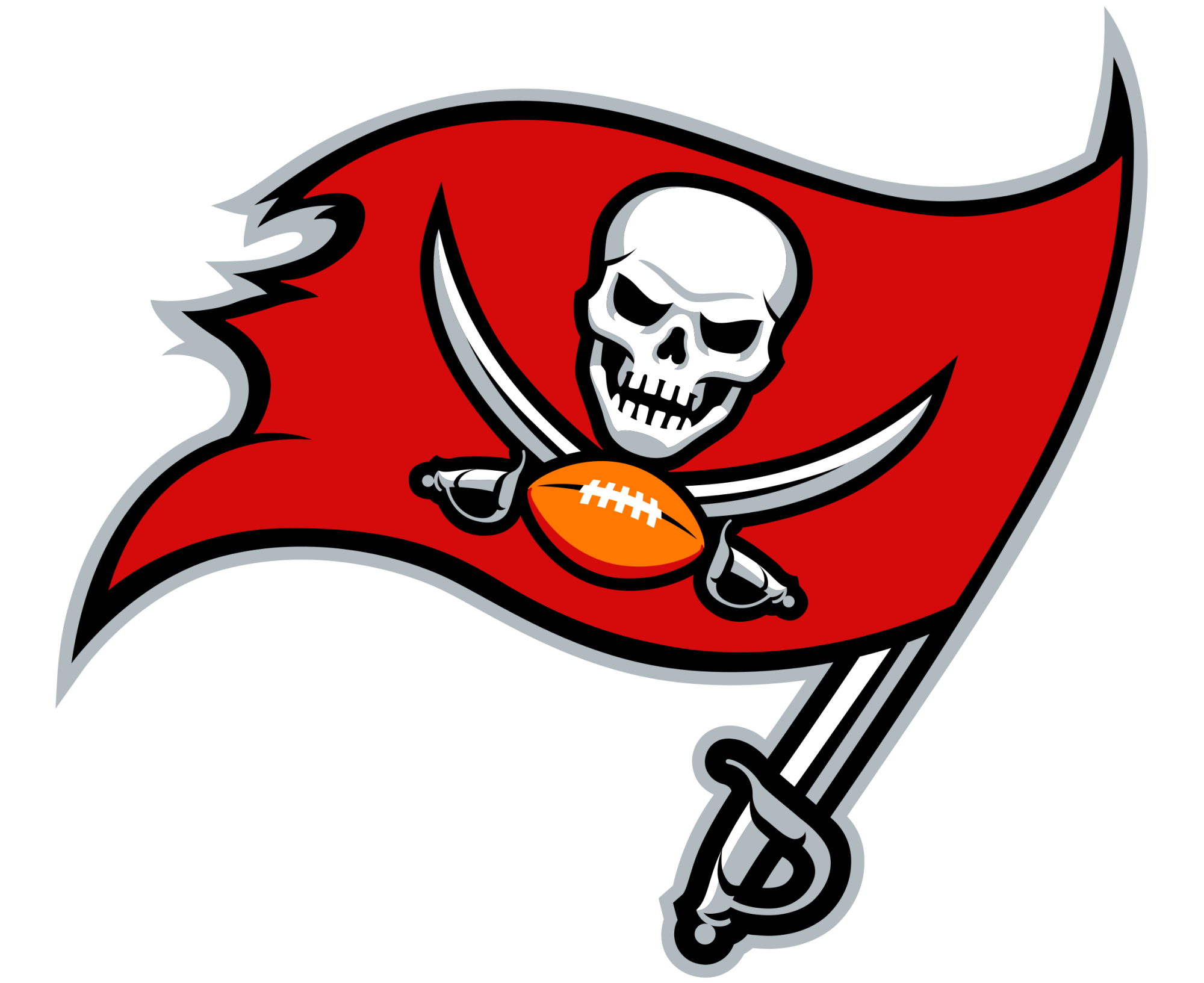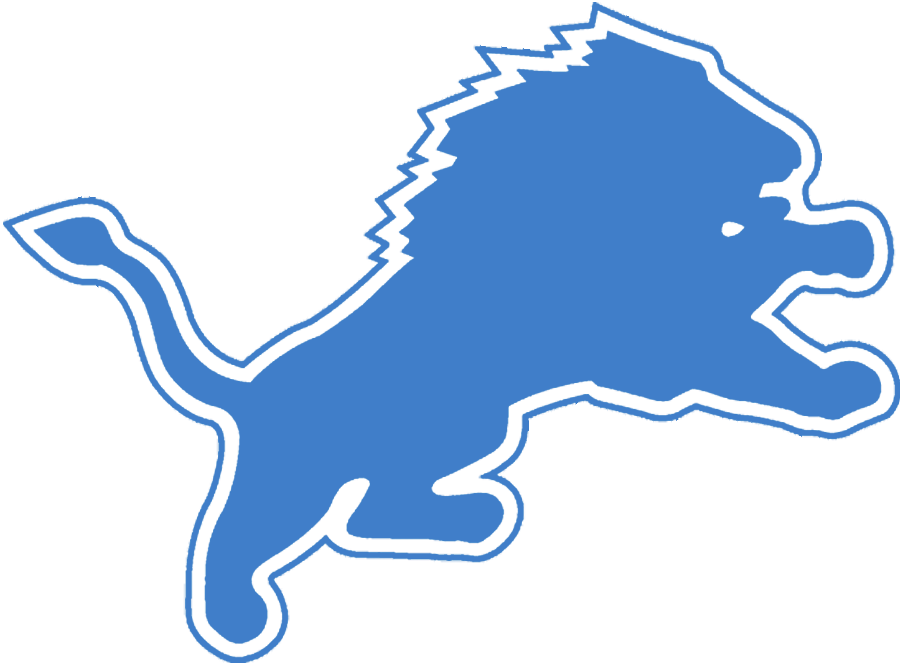Three Things We Learned From the Vikings Devastating Playoff Loss
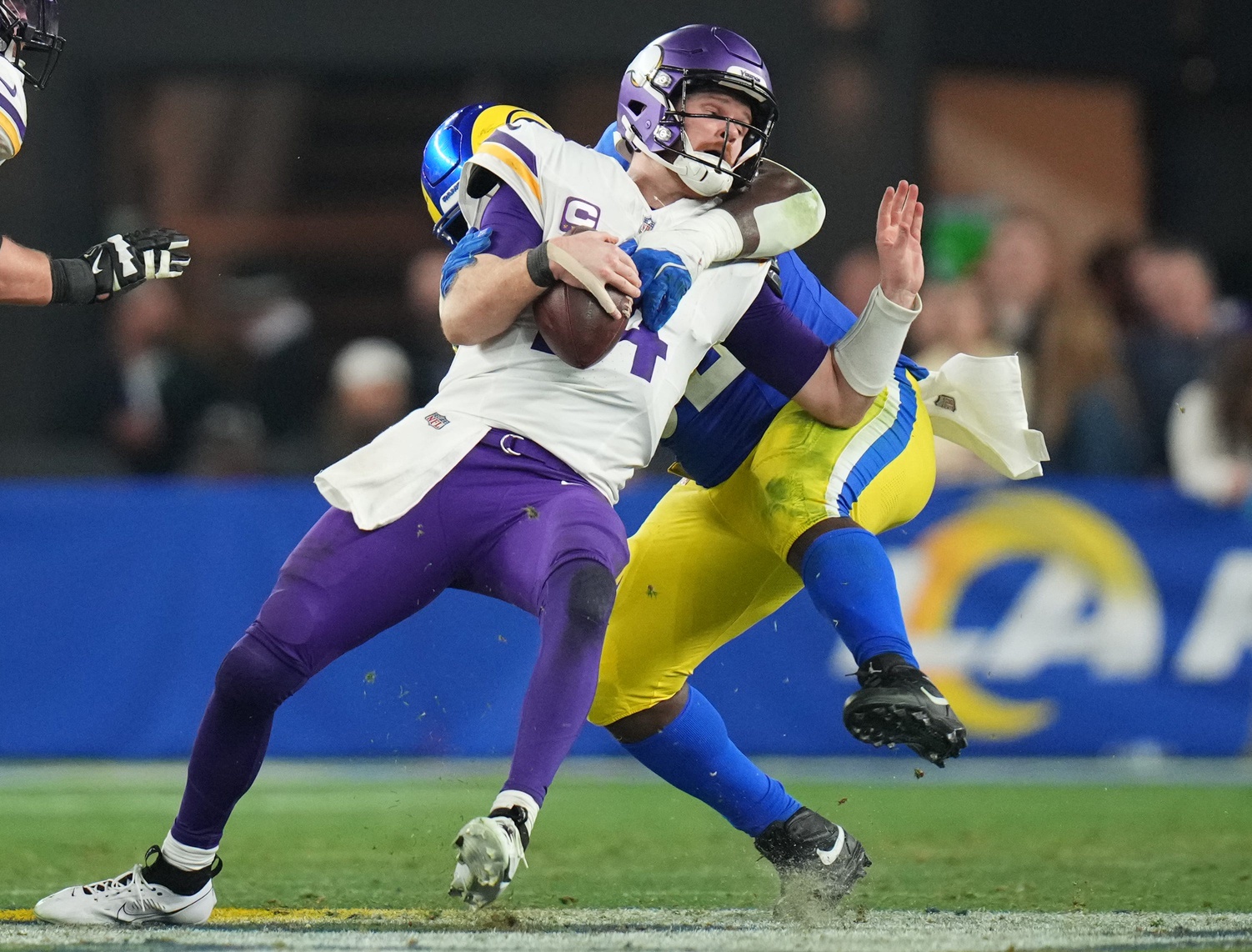
Credit: Joseph Rondone via Imagn Images
The Minnesota Vikings went one-and-done in the playoffs, losing to the Los Angeles Rams 27-9 in their second-straight embarrassing flop. The Vikings couldn’t rid themselves of the horror show performance at Detroit and things quickly spiraled out of control, leading to a 24-3 deficit at the half. Game over. Season over.
As we pick up the pieces of the 2024 season, here is what we learned from the Vikings’ season-ending loss.
There’s No Replacing Christian Darrisaw
After Christian Darrisaw went down in the first Rams game, the Vikings front office did a great job to quickly stabilize the blindside by acquiring Cam Robinson for dirt cheap. Robinson played fantastic his first few weeks with the team, and some were discussing if he was really that big of a drop-off from Darrisaw. No one’s asking that now.
In the past two weeks, both have-to-have-it games, Robinson allowed 21 pressures off Sam Darnold‘s blindside. While a lot of this can be attributed to Darnold holding on to the ball too long (we’ll get there, don’t worry), Robinson looked to be the worst out of an already underperforming unit. When the night was finished, Robinson had surrendered two sacks.
While veteran Pro Bowler Brian O’Neill also played poorly (seven pressures, two sacks allowed), he had the much tougher assignment of facing off against rookie Pro Bowler Jared Verse, who has been incredible all season long. Robinson was much worse with a significantly easier task.
You may also notice that once Darrisaw went out, left guard Blake Brandel saw a dramatic fall-off in his pass-blocking grades without elite support. While the offensive line still needs to be addressed in free agency and the draft, the value of getting Darrisaw back for a second-year J.J. McCarthy will be incalculable.
Elite Teams Uniquely Punish Darnold’s Weaknesses
After an impressive first 16 weeks, where everyone sang the praises of his play and journey to reviving his career, Darnold regressed back to the worst version of himself when it mattered most. A huge reason why was the downside of his play-making chops. Darnold can extend plays to find explosive gains, but that comes at the expense of holding the ball too long. Elite pass rushes can (and did) punish that severely.
While it is easy to blame the offensive line or playcalling, a lot of the blame lies squarely on the shoulders of No. 14. His 82 yards lost via nine sacks were the most in playoff history, and when totaled up, all of his sacks gave the Vikings a -27.1 EPA per play. In other words, it wasn’t just that he took bad sacks, but that he took them at moments that killed the team.
Sam Darnold has the worst Total Sack EPA in the first half of any playoff game since 2000 (-15.6) ⚠️
Darnold ranks 563rd out of 563 for all QBs with 10+ attempts ⚠️ https://t.co/39FAjJfbpR pic.twitter.com/geV2J1dhU0
— The 33rd Team (@The33rdTeamFB) January 14, 2025
Darnold fumbled on back-to-back drives to close out the first half, the first of which was returned for a touchdown; the second gave LA a short field to run the score up to 24-3. Of his nine sacks, six came after 4.4 seconds or more of holding the ball. It wasn’t that the Vikings didn’t have short passing concepts drawn up, but Darnold seemed to second-guess them or double-clutch the ball waiting for something to open up down the field.
— badbeats (@backdoorisopen) January 14, 2025
Darnold’s performance over the last two weeks has lost him millions of dollars. If the Vikings front office was looking for permission to move on from Darnold to McCarthy, he sure gave Minnesota the ability to do so.
The Vikings Must Invest At Running Back
Yes, I am aware of the “running backs don’t matter” trope that has become so popular in the NFL. I’m even aware that Kevin O’Connell seems to believe it. But looking at that right now, that analytics-driven truism is no longer helpful or useful.
Adding a game-wrecking running back has opened so much up for both the Baltimore Ravens and Philadelphia Eagles, allowing them to run more simplistic offenses that are still hard to defend. While Aaron Jones has been very good this season, anyone watching him towards the end realized that he ran out of steam, maybe due to an injury or maybe due to age. While his skills and leadership would justify him returning on another one-year deal, he needs to take fewer touches. The Vikings relied on him too often this year (Jones had a career-high 306 touches) and it offered diminishing returns.
The Vikings’ offense must add another young running back who they can rely on in early-down situations to provide them manageable second and third downs, which Minnesota lacked for most of the season. While it would go against all conventional analytics to draft a running back in the first round this draft, it might be something the Vikings should look to explore to supplant their already stout offense. While they are probably out of Ashton Jeanty range, someone like Omarion Hampton, Kaleb Johnson, or Quinshon Judkins might be the way to go.
Up Next

